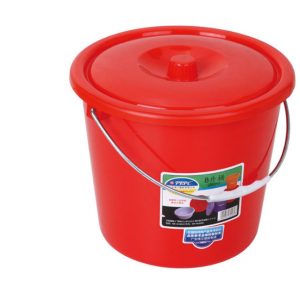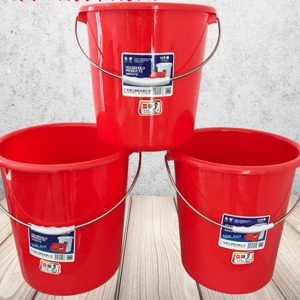Special care must be taken when installing large plastic water tanks. It is a pity if the plastic water tank is damaged due to incorrect installation. Therefore, when installing the plastic water tank, what are the things that need special attention?
Precautions for installation and use of PE plastic water tank
1. The concrete ground foundation for installing PE water tank must be level and able to bear the corresponding load-bearing capacity. If used in aerial steel structure, the gap should not be too large, and an iron plate should be laid on it to keep it level and to ensure that the bottom surface of the storage tank is flat. , In order to increase the service life of the storage tank. Where the storage tank is placed, please remove any sharp objects or stones
2. Since the bottom of the storage tank inevitably protrudes into the tank to form a spherical crown when it is formed, the foundation should be made into a spherical crown similar to the bottom shape (it is recommended to use sand on a horizontal basis to form a spherical crown corresponding to the bottom of the storage tank. ).
3. The water tank is a Puli container, so a float or other effective control device should be installed to control the liquid level. In the case that the liquid level cannot be controlled, an overflow port should be installed to prevent the liquid from overflowing from the manhole and causing unnecessary injury. This storage tank is a Puli container, please do not add internal pressure or external pressure to the storage tank. When the inlet and outlet flows are large, the exhaust holes with corresponding flows should be configured.
4. Each water tank can be opened with three holes for water inlet, outlet and sewage. The openings and accessories of the PE water tank are configured according to the purpose provided by the customer. There are PE flanges, PE interfaces; PVC, ABS, stainless steel, iron interfaces, etc. are optional. The inlet and outlet of strong acid, alkali and organic solvent are connected by PE flanges.
5. The joints have been installed in the storage tank before leaving the factory, and the strength is the best. The plastic joints are tightened when they leave the factory, and the joints may be loose during transportation, loading and unloading. Therefore, the sealing performance of the joints should be checked before use. You can add liquid over the joints to observe whether there is leakage. For tanks containing chemical liquids, it is best to test for leaks with water to prevent massive losses. Please note that the connector is a finished product made of resin such as PE, PVC, ABS or nylon. If it is tightened too tightly, the thread may be damaged.
6. When the liquid inlet is higher from the bottom of the tank, the liquid inlet should be bent to the wall of the tank to allow the incoming liquid to fall along the wall of the tank to reduce the impact on the bottom. The external connection of the tank must be correct. The pipe connecting the PE water tank and the lower part of the storage tank or flange connection should be perpendicular to the wall of the barrel. It is best to use a soft connection or a shock absorber. Please configure a reinforcement sleeve for the storage tank above 10 cubic meters to prevent the wall of the barrel from being filled with liquid. Uneven expansion will damage the discharge port connection and cause leakage. In severe cases, damage to the joint and the whole body will affect the service life of the joint and the barrel.
7. After the piping work is over, be sure to perform a full water pressure test to confirm whether there is water leakage. If there is water leakage, please reconfirm whether the sealing part and thread part of the joint are wrong, and then adjust separately.
8. The temperature of the solution in the storage tank is generally -20℃~60℃. If the temperature of the liquid is higher than 60°C, a metal reinforcement sleeve should be provided to prevent the storage tank from softening and deforming.
9. Before storing chemicals in PE water tanks, it is best to test leaks with water to prevent unnecessary losses. When the storage tank is storing chemicals, there should be a good drainage trench and dilution device around the site. When storing chemicals (with a specific gravity greater than 1:2), a metal reinforcement sleeve can be used to limit the expansion and deformation of the barrel.
10. PE storage tanks larger than 15 cubic meters can be reinforced with metal sleeves to avoid cracking of the barrel holes. Pay attention to safety when installing large-size storage tanks, try to use a crane, if you don’t know how to do it, please contact us.
11. When installing heavy ancillary equipment such as mixers on the PE water tank/bucket, or when people have to work on the top of the tank and the top of the tank cannot bear the weight of the person, please make another shelf or ladder, and pay attention to the safety of the work.
12. When changing to the liquid or not sure whether it can be filled with a certain medium, please consult our company or refer to the online “Chemical Performance Table” in time
13. The discharge port, interface, flange, and flange ball valve of PE water tank and storage tank must be inspected every quarter, and if any problems are found, they should be dealt with in time. Generally, they should be replaced within 1-2 years. When unloading and installing, please use a crane or call to inquire about the operation.

















